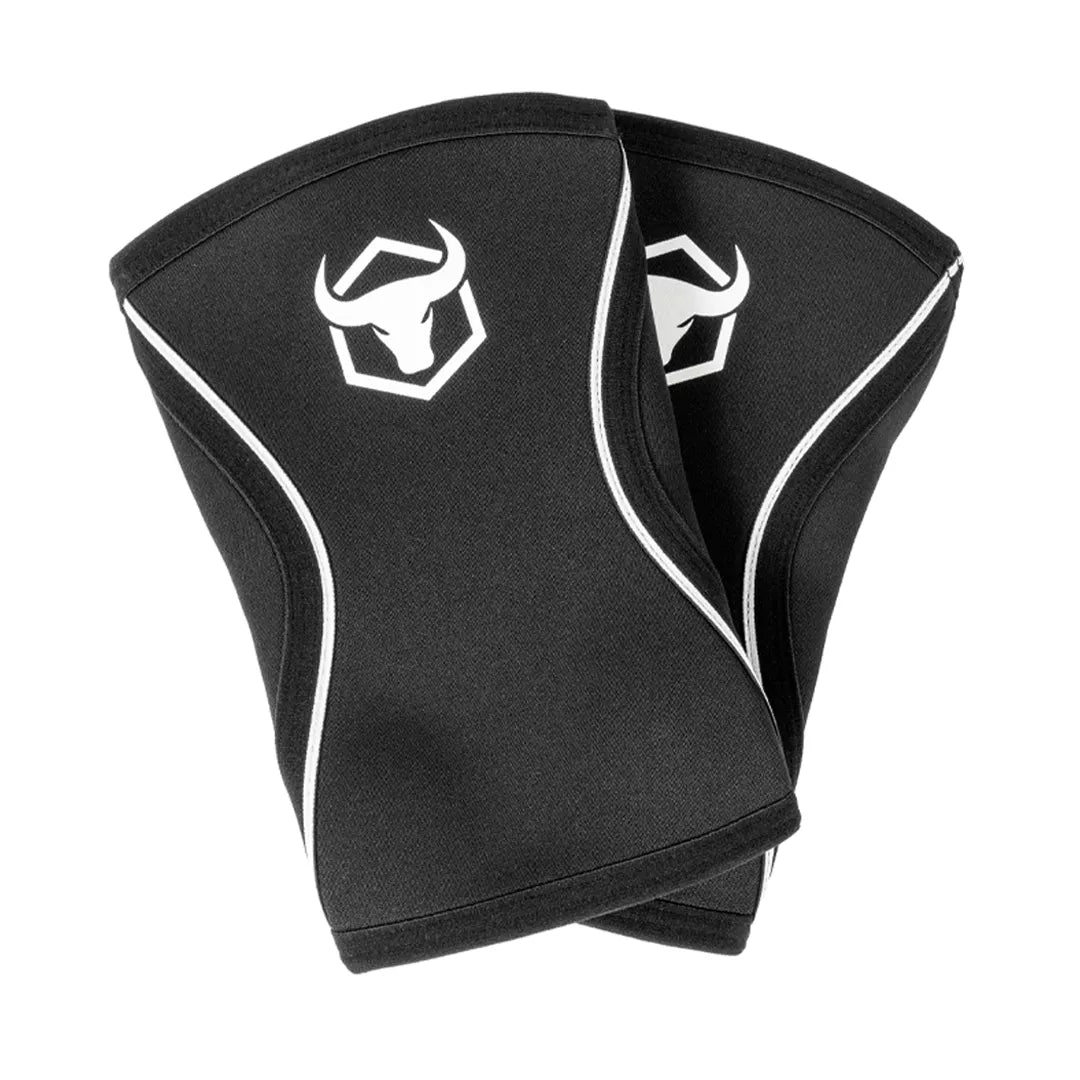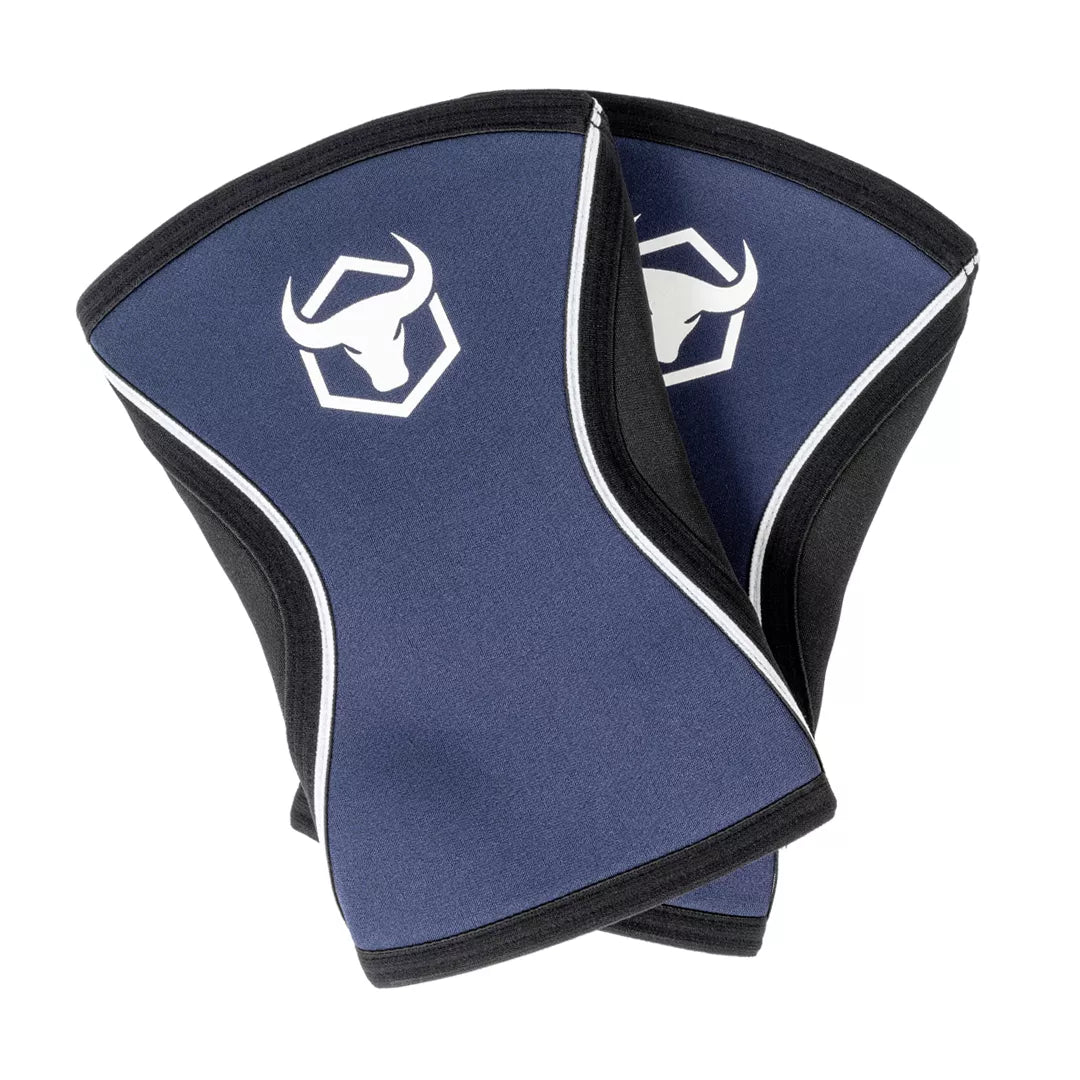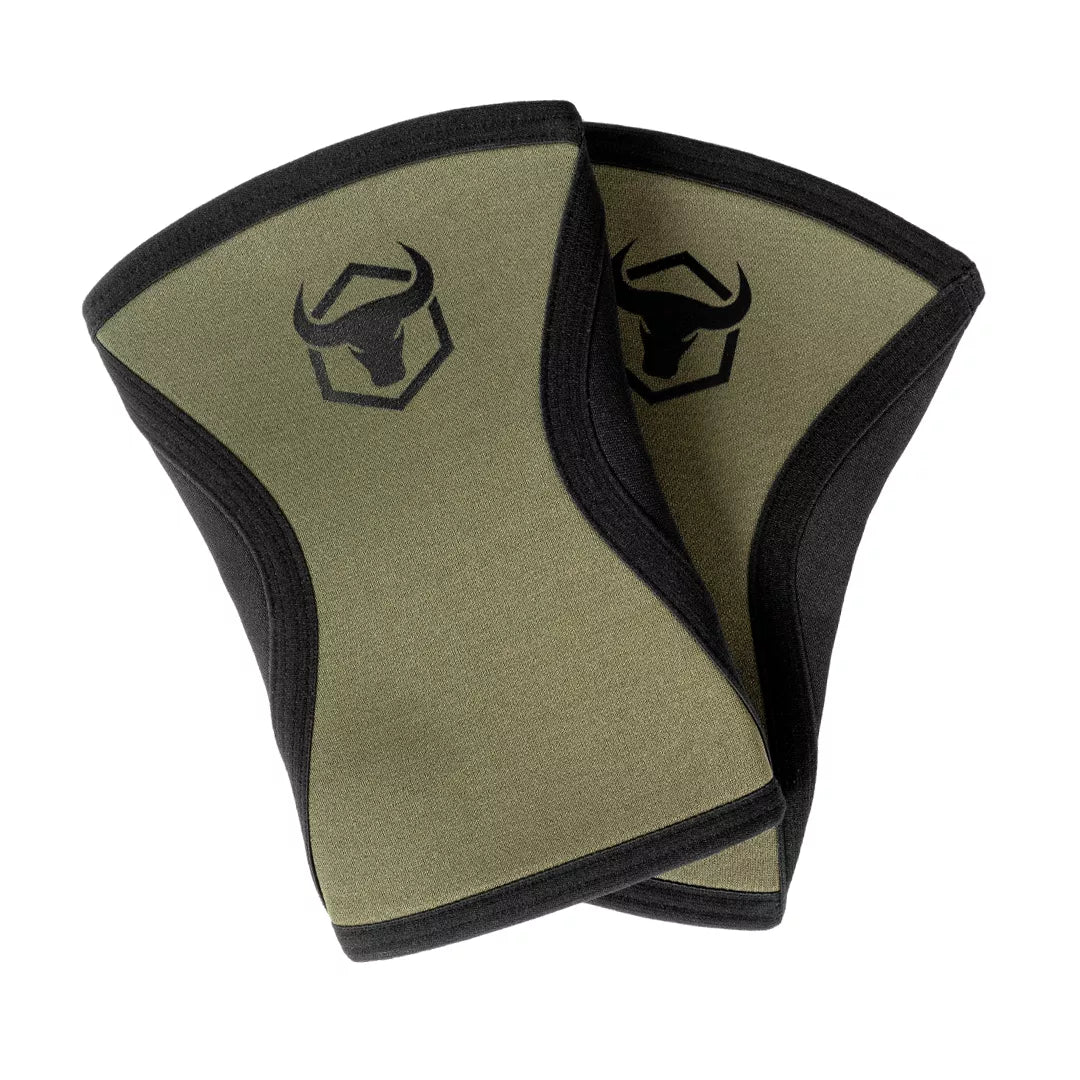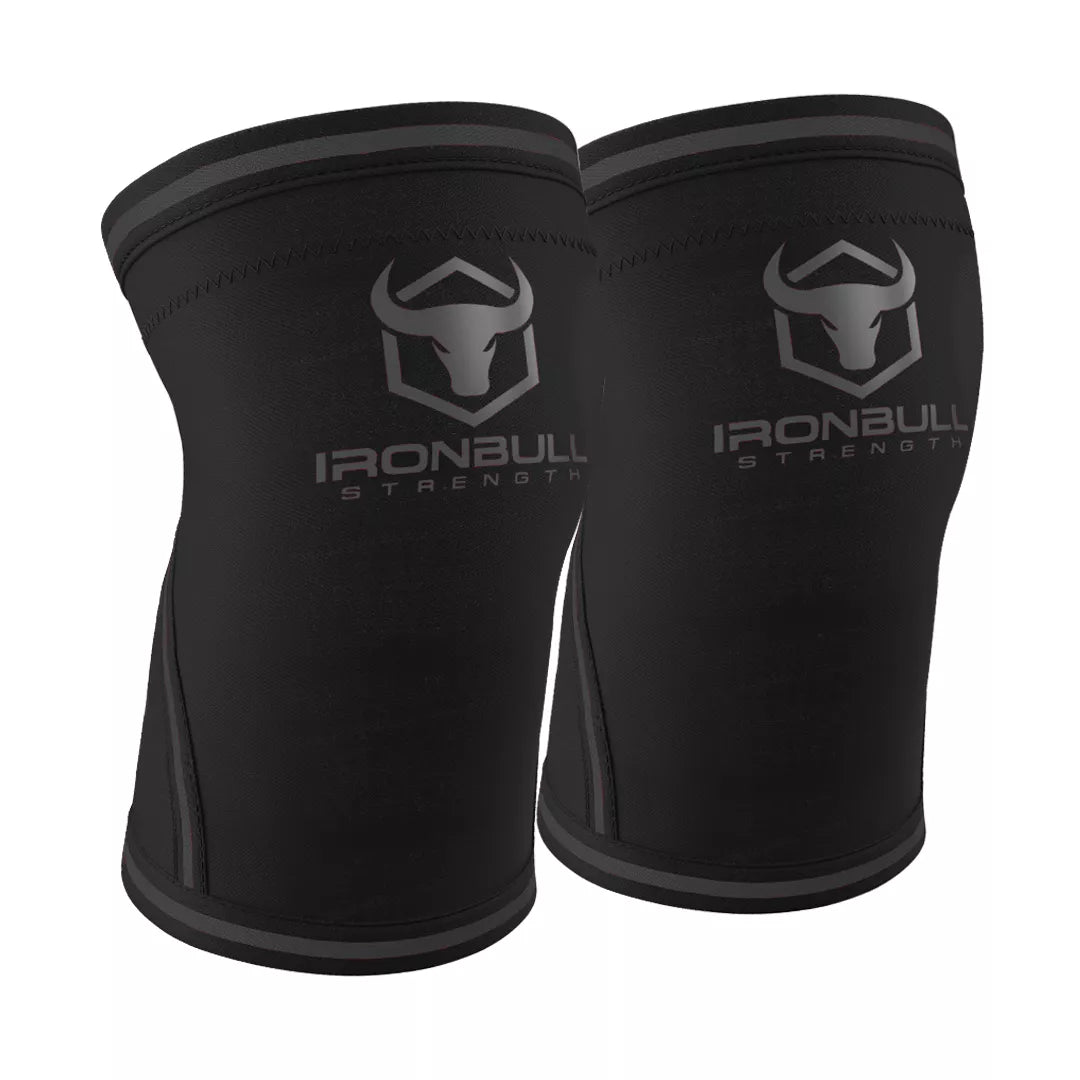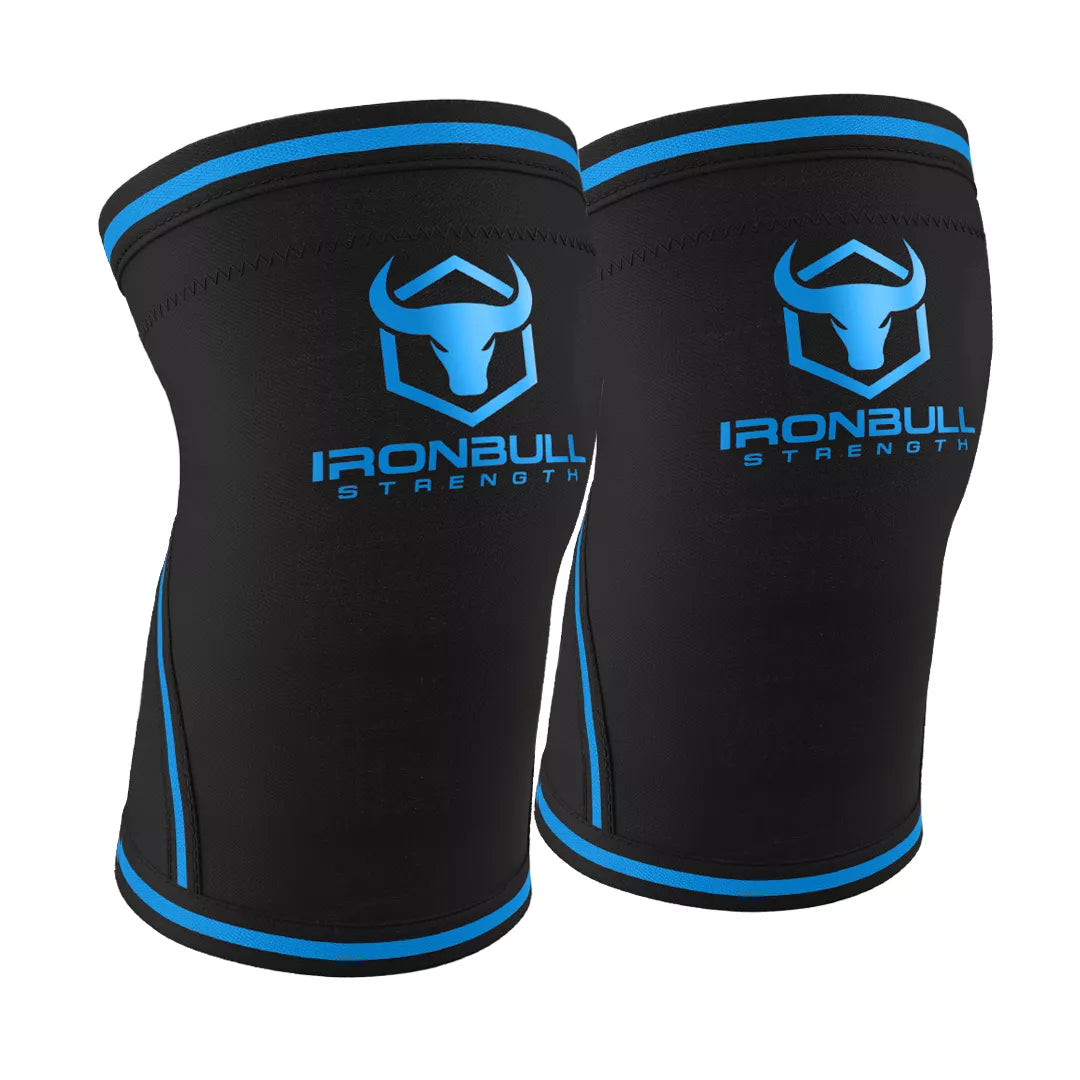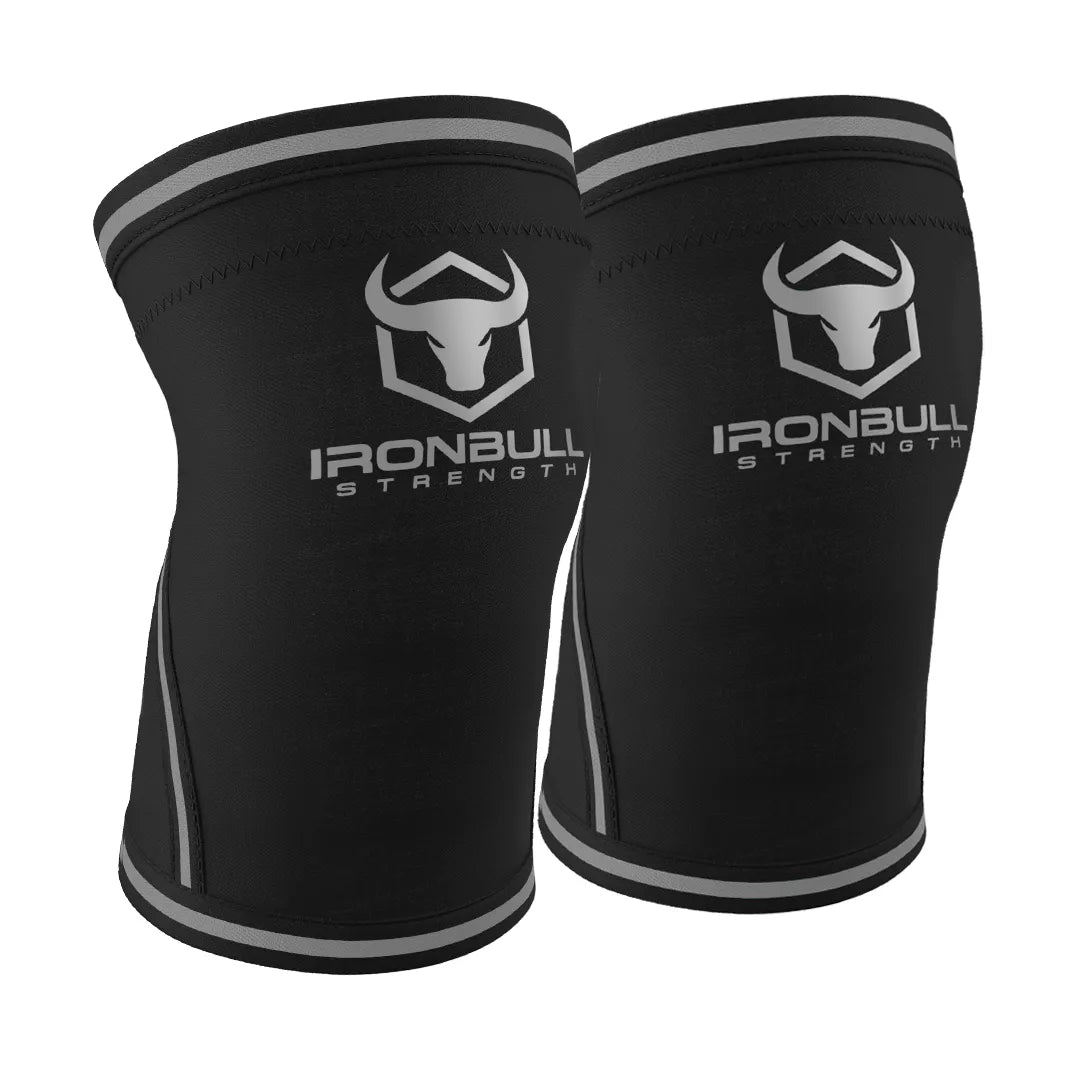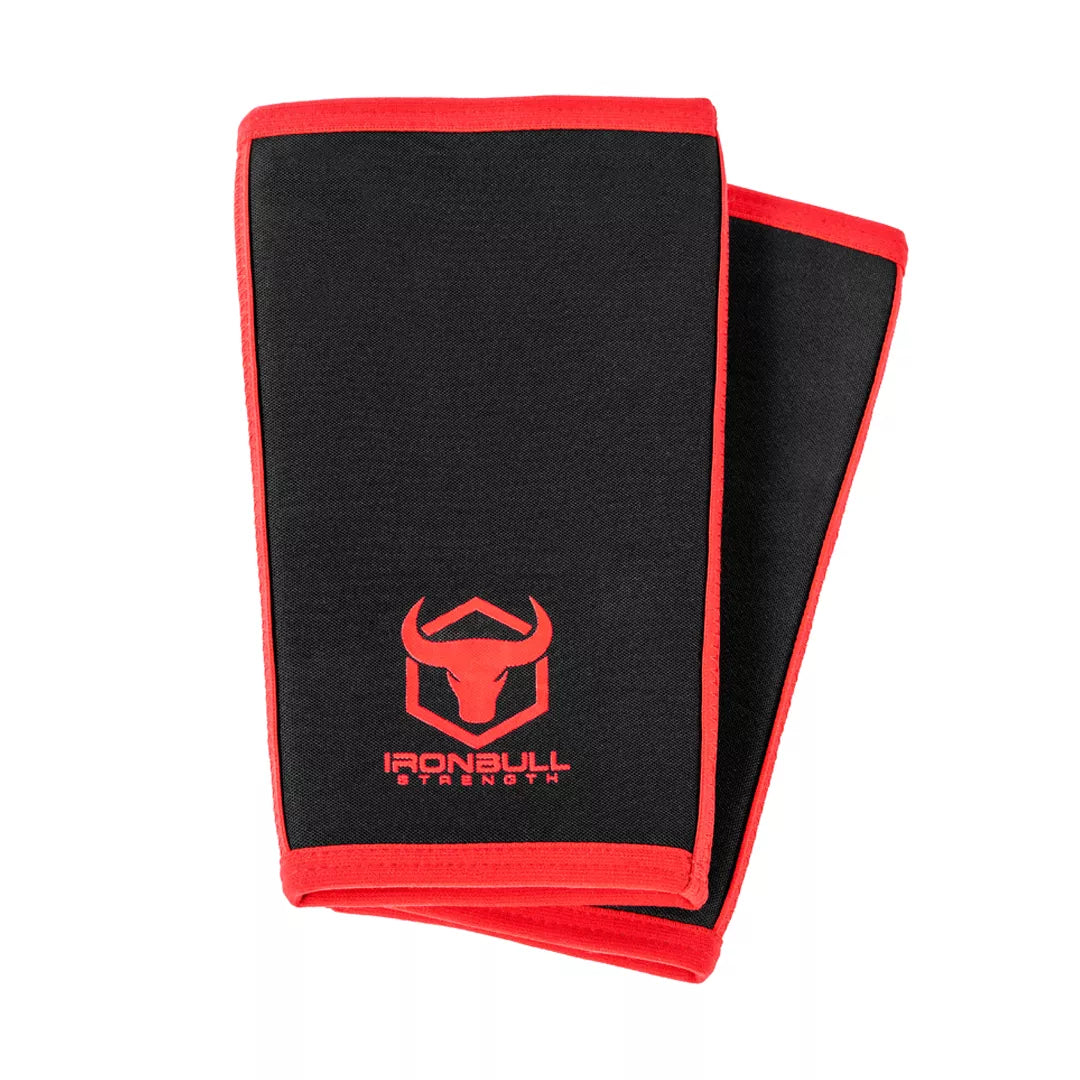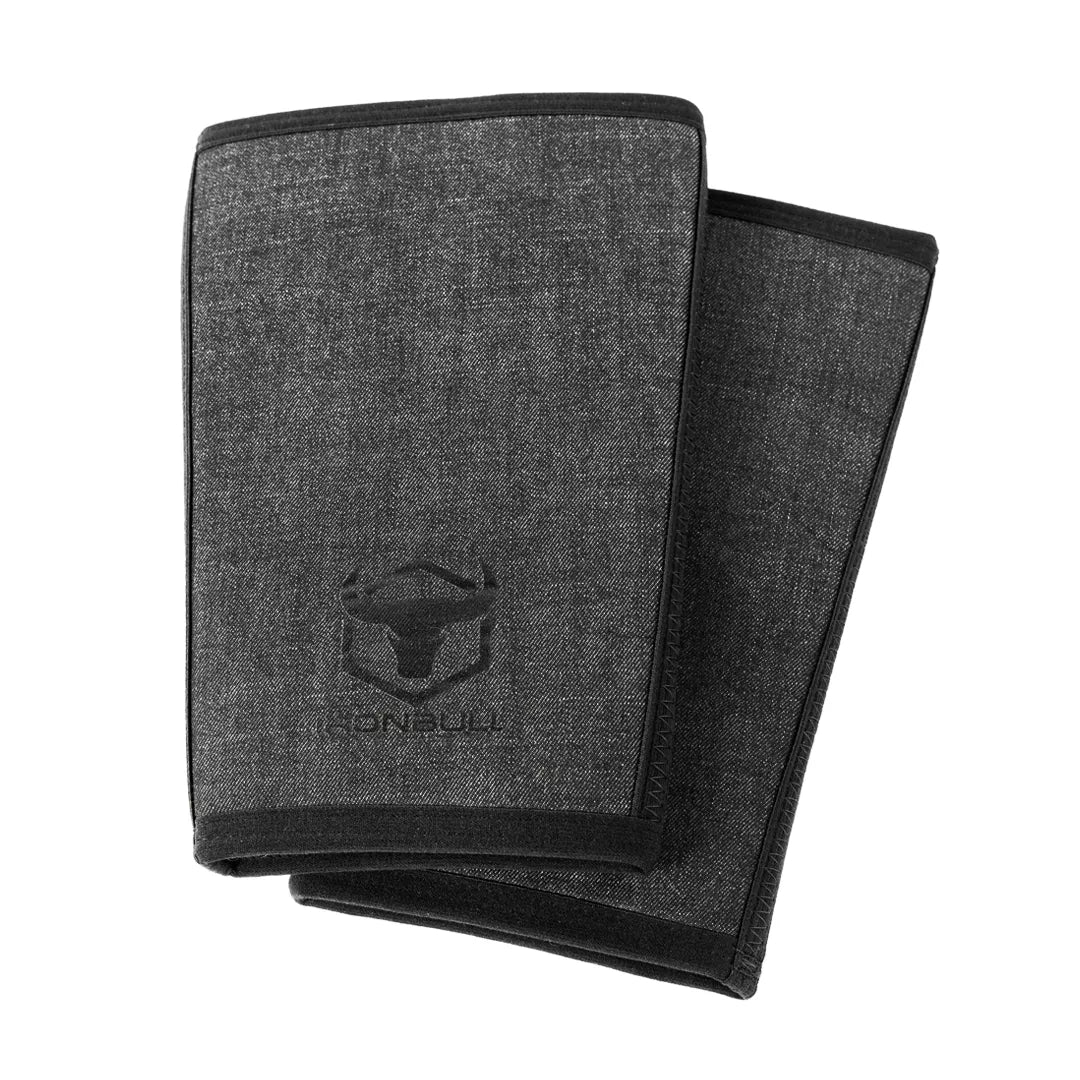Knee Sleeves
Knee sleeves are tubular, compressive garments that easily slide up and down over your knees. They’re made from elastic neoprene and come in a variety of tension levels. These support braces redistribute the amount of load from leg exercises and increase the ability to perform leg movements thanks to the added compression it provides.

